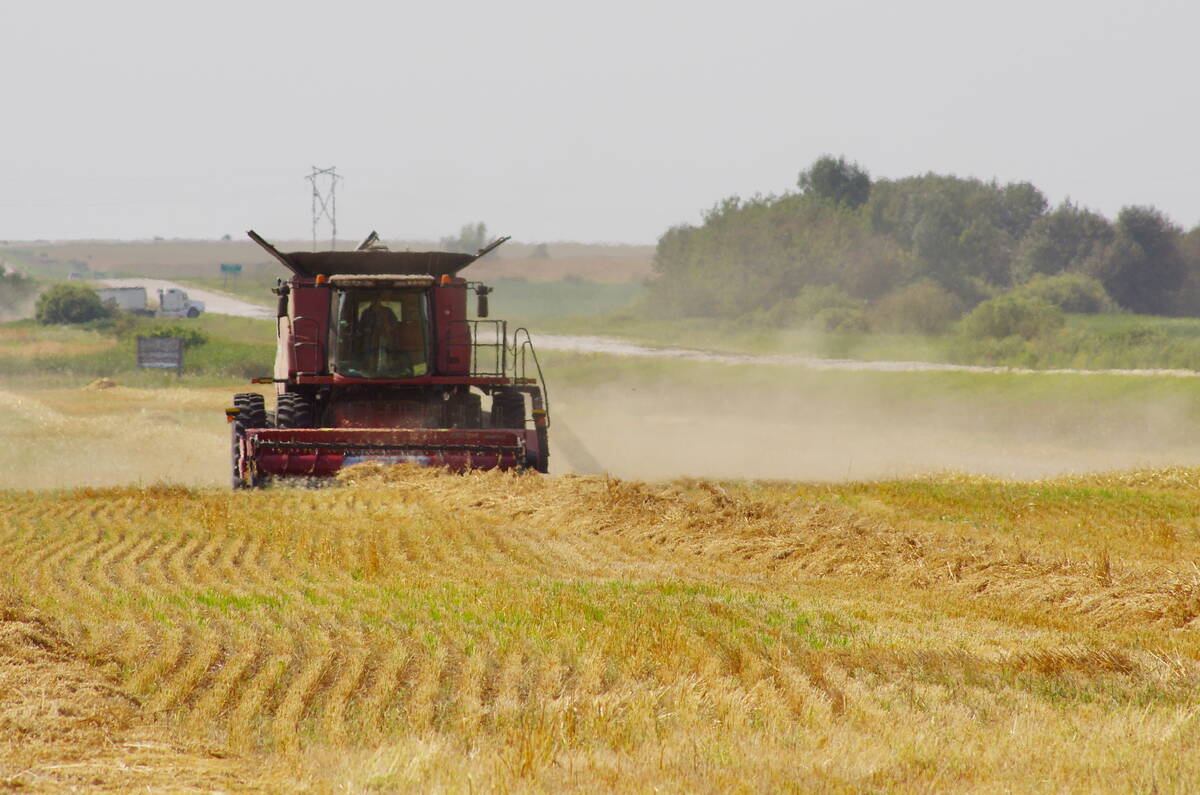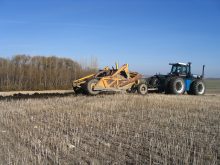Marty Jesperson has used an Exactrix TAPPS NH3 injection system on his Taber, Alta., farm for the past seven years and says it’s well worth the extra investment.
Jesperson bought the TAPPS kit from Exactrix and fabricated the rest of the machine himself, eventually ending up with a triple injection system to handle anhydrous, adenosine triphosphate (ATP) and humic acid.
He said the performance claims from Exactrix are not exaggerated. He has realized a significant savings by reducing the amount of NH3 he applies.
Read Also

Herbicide resistance sprouts in Manitoba’s wild oats
Farmers across Manitoba this fall are gearing up for the latest salvo in what, for many, has become a longtime battle to beat out wild oats.
“I now apply about 70 percent of the nitrogen I would have applied if I didn’t use the system (TAPPS) because the nitrogen is more plant-available,” said Jesperson.
“In my original system, I just put down straight anhydrous ammonia, then I’d apply 11-52 in the spring. But now I put my sulfur and phosphate and micronutrients down at the same time with my anhydrous.”
Jesperson said humic acid is a carbon compound, so it makes for easier uptake by the plant. He said it creates a big difference in canola. He puts zinc on as a seed treatment because of the risks in mixing it with other chemicals.
“Most of these products we’re mixing don’t like each other. You have to be really careful or else you’ll be shovelling it out with a boat paddle like we had to do one time. The mixture turned to something like Jello. There was probably about 200 gallons of Jello. I think it was the humic acid that caused that incident.
“We put all the fertilizer down in the fall. TAPPS really likes snow. Snow cover really mellows the ground. When you’re double shooting or triple shooting, you can go a little earlier than the snowfall if you want because there’s no gassing off into the atmosphere. The ammonia is bonded right to the liquid fertilizer. You might get a very small hint of anhydrous in the cab if you have a tail wind and really high rates like 150 or 180 pounds.”
Jesperson’s equipment lets him do variable rate with nitrogen and phosphorus independent of each other. His system pressures run between 150 and 200 p.s.i., which is high enough that he still has not experienced a freeze-up in the seven years with the system. The system represented a big investment, he said, but it pays for itself immediately.
“We did an 80-acre side-by- side trial with my Hutterite neighbours,” he said.
“They used their normal urea fertility program, and I used my TAPPS program. We ended up with a four bushel advantage over the urea system. So at $5 a bushel, that’s a benefit of $20 per acre. I think that machine pays for itself pretty quickly.”

















